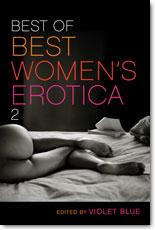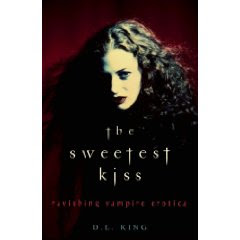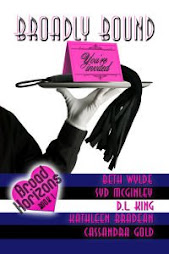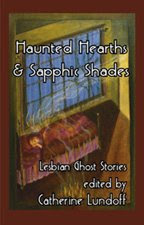So - you have a great idea for a story. Even if you haven't outlined it (you don't have to), you probably have a sense of your characters and some of the plot in mind (however sketchy that might be, and that's okay too), but where to begin?
The Mad Hatter tells Alice to begin at the beginning, and when you get to the end, stop. On the surface that's sound advice, but what is the beginning? No person (character) springs to life full grown, but unless the story is about how this person came to be who s/he is, then skip the biography.
Other advice you'll often hear is to start in the middle of action. That also seems sensible, but...
Here's starting in the middle of action:
A woman walks to a door, and as she's getting keys out of her purse, a car comes tearing around a corner and there are gunshots. Okay. Who is she, was she hit, and why did someone shoot at her? That's a hook and a half. It presents mysteries, and the reader has to keep turning pages to find the answers. The problem is - Why should the reader care? It's not as if the character has been developed yet. If you're a really good writer, you can evoke a lot with that scene. You can make it horror, noir, maybe even comedy. Instead of character, you'll be setting the tone and scene up front. But very soon, you're going to have to give the reader a reason to care about the woman, which means interrupting the action and going back to character development. I've seen it done well, but I've also lost interest in books that opened like this and then got bogged down in backstory. So be wary of starting with pure action.
In Gone With The Wind, a great deal of the story is how Scarlet deals with the loss of her expected world and adapts to the new one, comparing her survivor nature with others around her (Melanie and Ashley) who can't/don't adapt. The agent of change in that story is the American Civil War. But the story wisely doesn't begin with the war. It gives the reader a little taste of Scarlet's pre-war environment so that the reader understands where she's coming from. Right away, there are rumors of war, and she angrily dismisses them, but soon it's clear that ignoring it won't make it go away. The real action begins with a rider galloping up to the party and breathlessly announcing that the war has begun.
When you think about it, most stories are about how a character handles upheaval in his/her life. So it's fine to start a little before the action. However, if you're going to have that long of a lead in to the action, you better make it worth the reader's time. Gone With the Wind works because Scarlet is such a compelling character that you're willing to follow her around a bit. And you better foreshadow what's coming.
Please don't foreshadow by saying something along the lines of "Little did Scarlet know that the ball at Ashley's plantation would be the end of life as she knew it." Mitchell skillfully handled it by having Scarlet's suitors bring it up when she expects them to be fawning over her. The reader knows it's going to ruin more than an afternoon of pleasant gossip and that she won't be able to ignore the war by resolving to think about it tomorrow. That little taste is enough at that point. And the way Scarlet reacts to it tells us something important about her character, because that's the way she'll continue to react to the war.
Gone With The Wind begins very close in time to a life-changing event for Scarlet. That's where I'd suggest you open your tale. I'm no Mad Hatter, but I say:
Show a little of the world before the action, a lot of how the conflict affects your main character, and when you get to the part where the conflict is resolved and your character has been changed in some way, stop.
Wednesday, August 19, 2009
Subscribe to:
Post Comments (Atom)















.jpg)











No comments:
Post a Comment